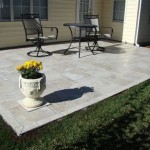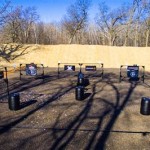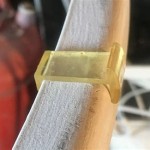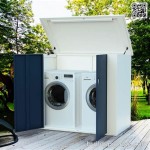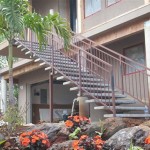Koi Fish for Outdoor Ponds: A Guide to Grace and Beauty
Koi fish, with their vibrant colors and graceful movements, are a popular choice for outdoor pond owners. These captivating creatures, a type of domesticated carp, can transform a simple water feature into a living, breathing masterpiece. Caring for koi, however, requires a certain level of dedication and understanding, as ensuring their health and longevity involves considerations of pond size, water quality, and diet. This comprehensive guide will delve into the aspects of incorporating koi fish into your outdoor pond, providing valuable information to help you create a thriving aquatic ecosystem.
Choosing the Right Koi for Your Pond
The first step in bringing koi into your pond is selecting the appropriate varieties. Different species of koi come in a stunning array of colors, patterns, and sizes. Consider the size of your pond and the desired aesthetic. Smaller ponds are better suited for smaller varieties like the Butterfly Koi, known for their flowing fins. Larger ponds can accommodate the majestic Showa, with their dramatic black, white, and red markings.
The temperament of the koi is also a factor to consider. Some varieties are known for their boisterous personalities, while others are more reserved. Researching different species can help you choose koi that will thrive in your specific environment and align with your preferences.
Creating a Thriving Koi Pond Environment
Maintaining a healthy pond environment is critical for the well-being of your koi. A well-designed pond provides ample space for swimming and includes essential features such as:
- Adequate Pond Size: The pond should be large enough to accommodate your koi's growth and provide sufficient space for them to swim freely. As a general rule, aim for at least 1,000 gallons of water for every 10 koi.
- Water Filtration: A robust filtration system is essential for removing waste and maintaining water quality. This may involve a biological filter, a mechanical filter, or a combination of both. Regular maintenance of the filtration system is crucial for optimal performance.
- Water Depth: It is recommended to have a minimum depth of 3 feet to ensure your koi can withstand extreme temperatures, especially in harsh winters.
- Plant Life: Adding aquatic plants provides natural shade, oxygen, and a sense of tranquility. Plants also help control algae growth and provide hiding places for the koi.
- Pond Liner: Choose a durable and leak-proof liner to protect your pond against damage and ensure the water stays contained.
Feeding Your Koi
Koi require a high-quality diet for optimal growth and health. A balanced diet consists of commercially available koi pellets or flakes, supplemented with occasional treats like chopped vegetables or earthworms. The amount of food provided should be adjusted based on the size and activity of your koi. Overfeeding can lead to water quality issues and health problems.
Koi are opportunistic feeders and will readily consume any food they can find. A balanced diet caters to their nutritional needs, ensuring they receive essential vitamins, minerals, and proteins for a healthy life. The frequency of feeding varies depending on the weather, with more frequent feedings in warm weather and fewer in cold weather.

The Pros And Cons Of A Backyard Koi Pond Amen Corner Ponds

Diy Koi Fish Pond What Do I Need To Build A Backyard

Keeping Koi And Pond Fish 3 Basic Rules Aquascape Inc

Koi Ponds And Water Gardens Features By Aquascape

The Pros And Cons Of A Backyard Koi Pond Amen Corner Ponds

Pros And Cons Of A Backyard Koi Pond You Need To Know

How To Care For Koi Fish In Your Charlotte Pond Backyard Ponds

Diy Koi Fish Pond What Do I Need To Build A Backyard

Are Koi And Goldfish Ponds Hard To Maintain Splash Supply Company

Keeping Koi And Pond Fish 3 Basic Rules Aquascape Inc


